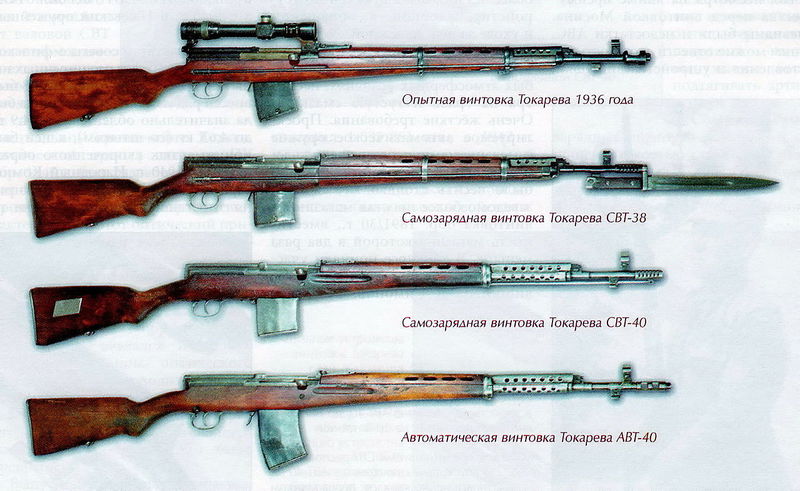AVT-40
| Factions | Weapon | Icon | Classes | Ammo |
|---|---|---|---|---|
 VC |
 AVT-40 |
 |
15+1 / 75 |
| Damage Base | Headshot × | Chest × | Stomach × | Leg × | Arm × | Bayonet | Rifle Grenades | Reload Speed | |
|---|---|---|---|---|---|---|---|---|---|
| Partial | Empty | ||||||||
| 44 | ×2.4 = 105.6 | ×1.28 = 56.32 | ×1.23 = 54.12 | ×0.8 = 35.2 | ×0.7 = 30.8 | YES | NO | 2.733 Seconds | 3.5 Seconds |
| Designation | Weapon Type | Fire Modes | Fire Rate | Bullet Spread ° | Range Modifier | Muzzle Velocity | Projectile weight | Weight |
|---|---|---|---|---|---|---|---|---|
| AVT-40 | Battle Rifle | Auto+Semi | 700 RPM | 7.5° & 1.25° ADS | 0.945 | 830 m/s | 9 g (138.89 gr) | 3.85 kg (8.48 lbs) |
| Full name | Caliber | Place of Origin | Date | Manufacturer | Barrel Length | Total Length | Weapon Script Name |
|---|---|---|---|---|---|---|---|
| AVT-40 | 7.62x54mm | Soviet Union | 1942 | Arm | 24.6 in (625 mm) | 48.3 in (1,226 mm) | weapon_svt40 |
The select fire variant of the SVT-40. It was been given to North Vietnamese forces and the Việt Cộng as military aid.
HISTORY
The AVT-40 (Avtomaticheskaya Vintovka Tokareva 1940) was a Soviet automatic rifle developed during World War II as an evolution of the earlier SVT-40. Designed by Fedor Tokarev, the AVT-40 was introduced in 1942 to address the need for a more versatile infantry weapon that could provide both semi-automatic and fully automatic fire. The SVT-40, while effective, lacked full-auto capability, which the AVT-40 incorporated. However, the AVT-40's full-auto mode proved to be problematic due to its uncontrollable recoil, especially when fired in bursts. This, coupled with issues of durability and the demanding maintenance it required, led to the AVT-40 being less favored by Soviet troops. Production was eventually halted, and Soviet forces reverted to bolt-action rifles and submachine guns, with the AVT-40 becoming a short-lived but notable attempt to improve the firepower of Soviet infantry.


